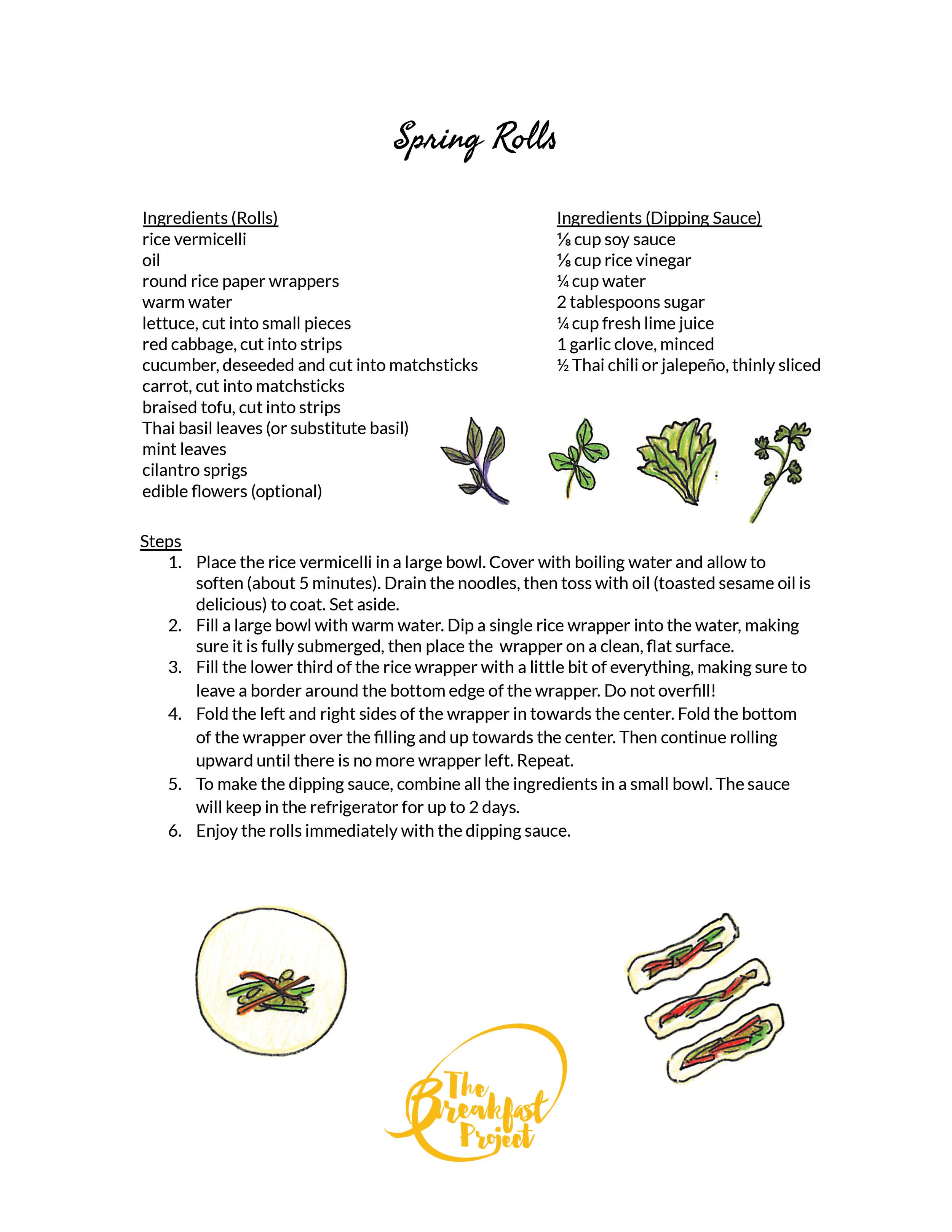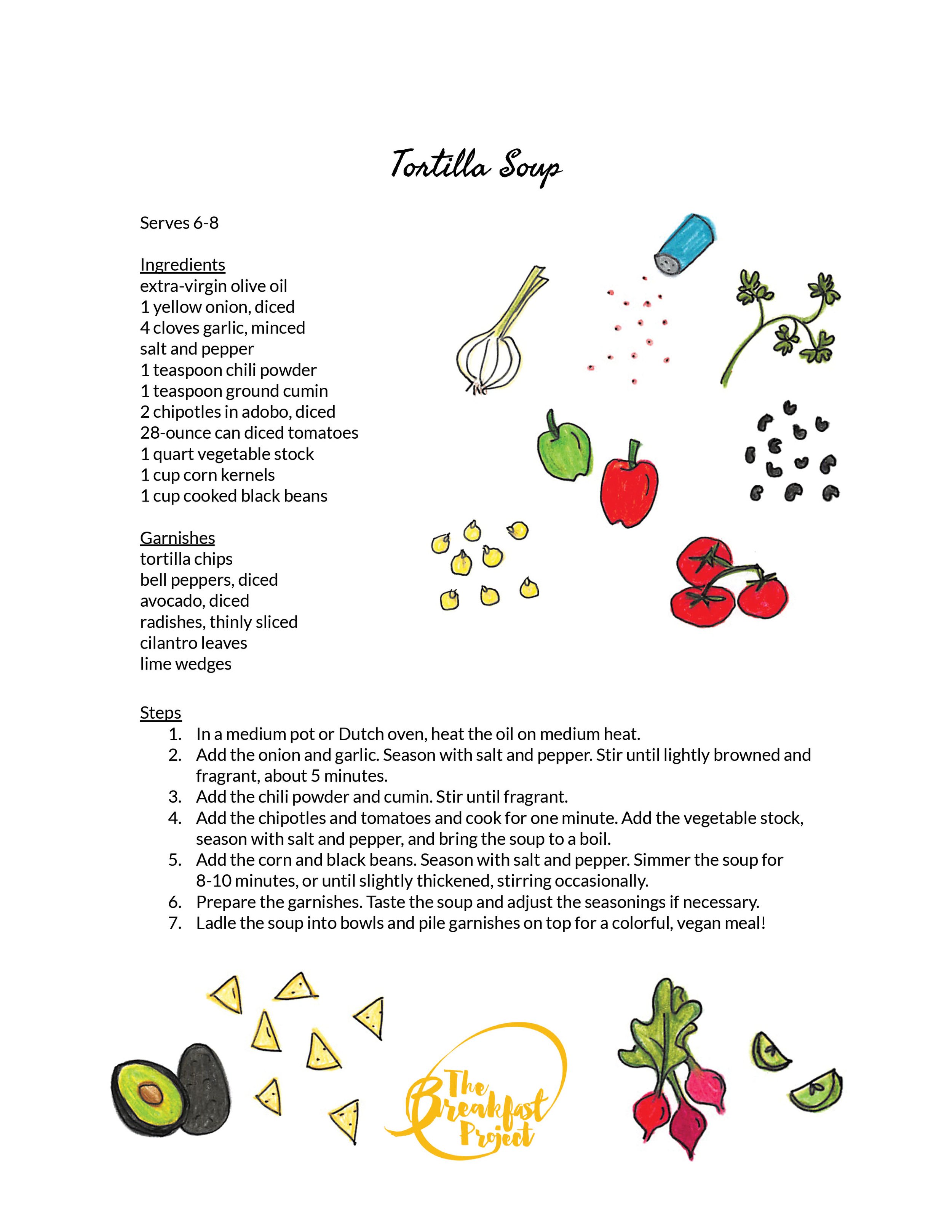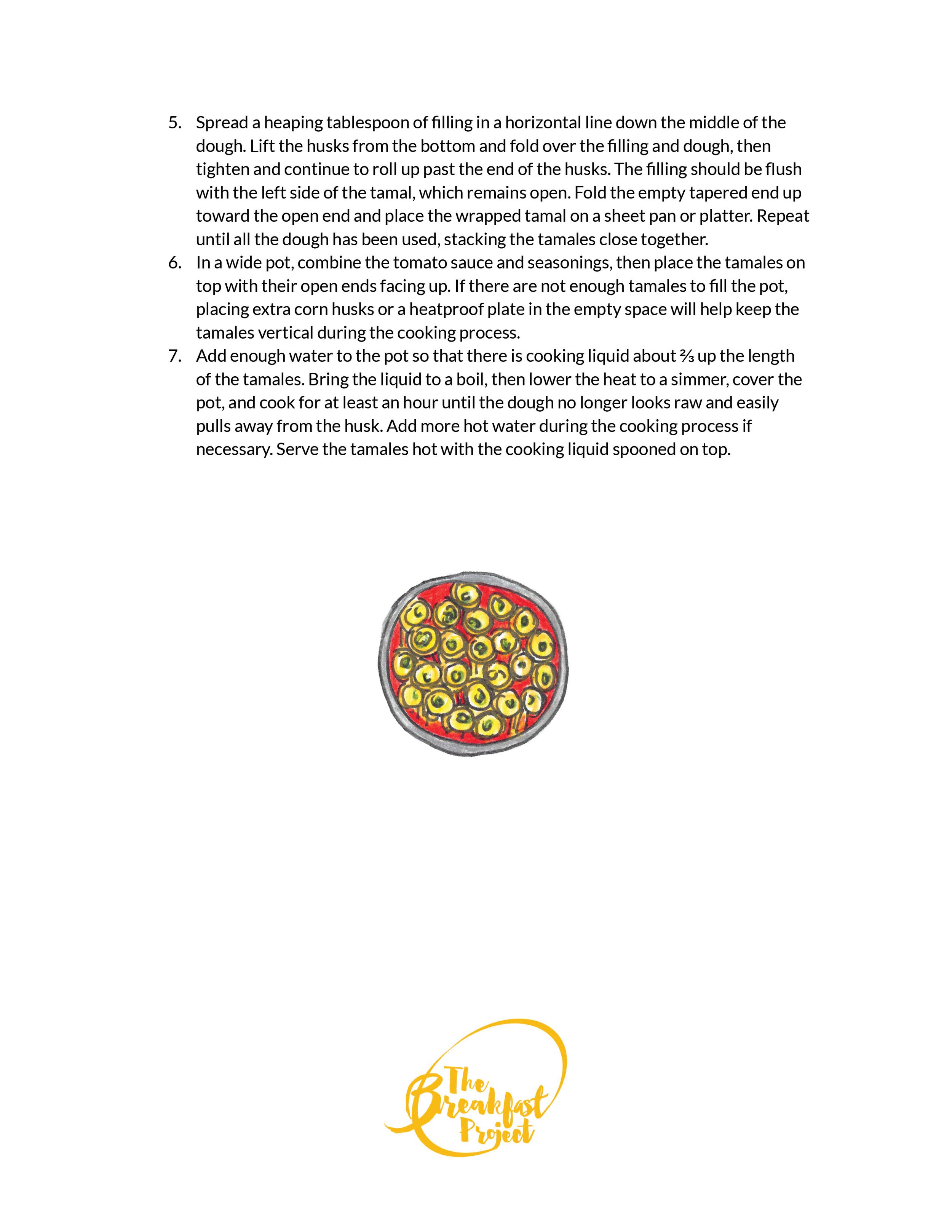We had a wonderful time welcoming our fourth and fifth grade chefs back to the kitchen classroom after a long break to celebrate Harvey Milk Day on May 22! Students shared what they knew about Harvey Milk, our school’s namesake, then recreated the 2017 Philadelphia pride flag with sesame seeds, candied ginger, strawberries, tangerines, pineapple, kiwi, blueberries, blackberries, and borage flowers.
They made whipped cream from scratch to top their colorful and symbolic rainbow pride parfaits: red for life, orange for healing, yellow for sunlight, green for nature, indigo for serenity, violet for spirit, and black and brown stripes to lift up the Black and brown LGBTQ+ activists who led and continue to lead the movement for justice and to highlight the specific challenges faced by BIPOC members of the LGBTQ+ community.
Congratulations to all our graduating fifth graders. It has been an honor to do this work with you and you will always be welcome in the kitchen classroom!










































































































































































































































































































































































